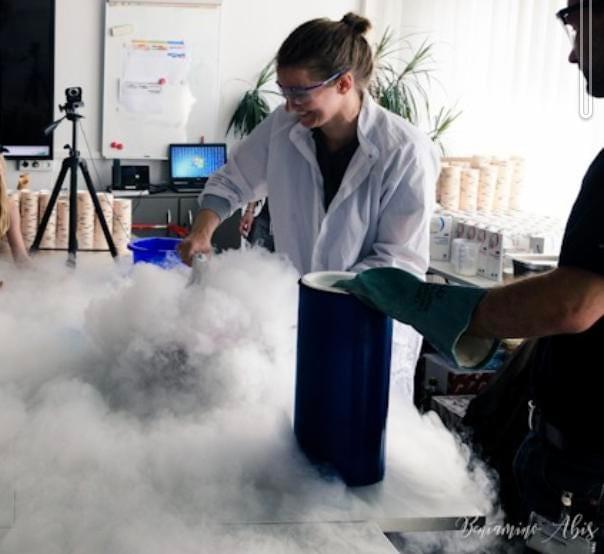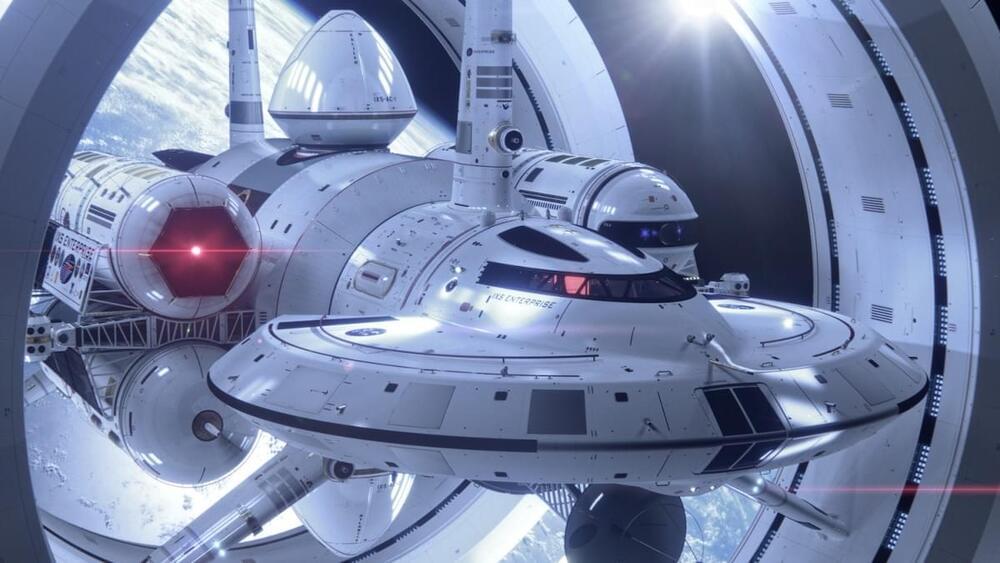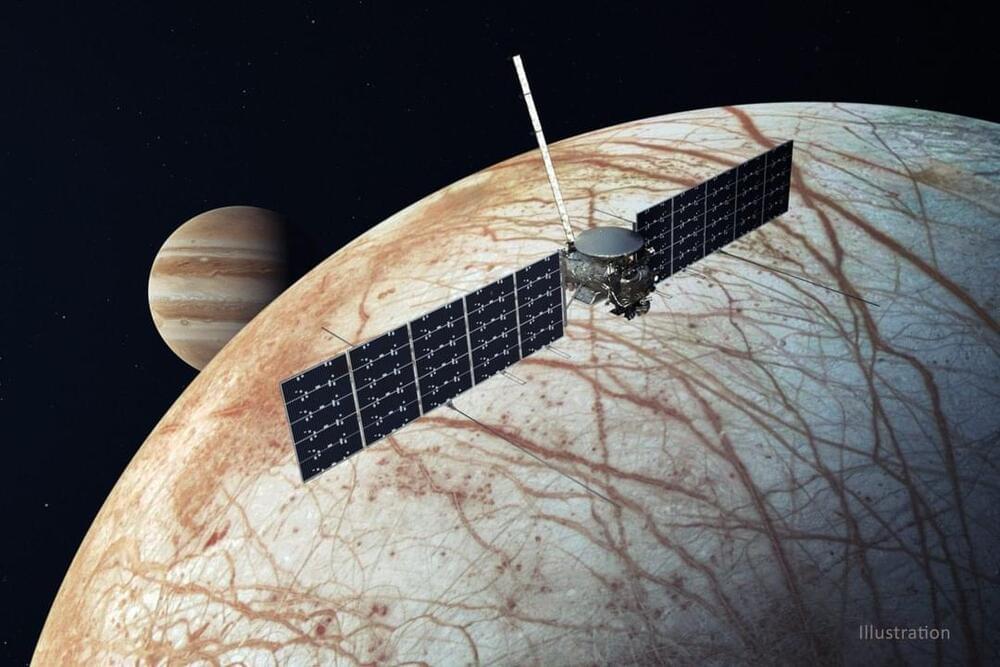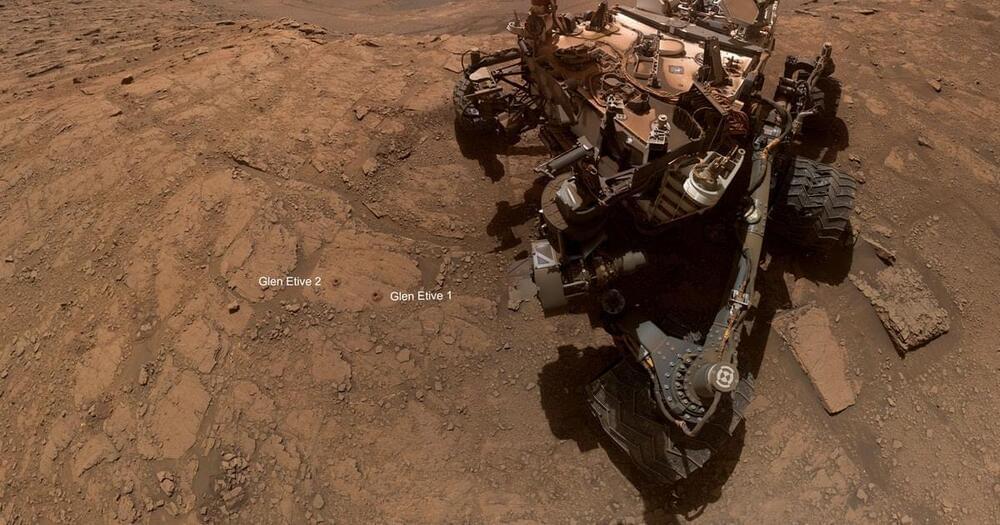Learnings For Regenerative Morphogenesis, Astro-Biology And The Evolution Of Minds — Dr. Michael Levin, Tufts University, and Dr. Josh Bongard, University of Vermont.
Xenobots are living micro-robots, built from cells, designed and programmed by a computer (an evolutionary algorithm) and have been demonstrated to date in the laboratory to move towards a target, pick up a payload, heal themselves after being cut, and reproduce via a process called kinematic self-replication.
In addition to all of their future potential that has been mentioned in the press, including Xenobot applications for cleaning up radioactive wastes, collecting micro-plastics in the oceans, and even helping terraform planets, Xenobot research offers a completely new tool kit to help increase our understanding of how complex tissues/organs/body segments are cooperatively formed during the process of morphogenesis, how minds develop, and even offers glimpses of possibilities of what novel life forms we may encounter one day in the cosmos.
This cutting edge Xenobot research has been conducted by an interdisciplinary team composed of scientists from University of Vermont, Tufts University, and Harvard, and our show is honored to be joined by two members of this team today.
Dr. Josh Bongard, Ph.D. (https://www.uvm.edu/cems/cs/profiles/josh_bongard), is Professor, Morphology, Evolution & Cognition Laboratory, Department of Computer Science, College of Engineering and Mathematical Sciences, University of Vermont.





